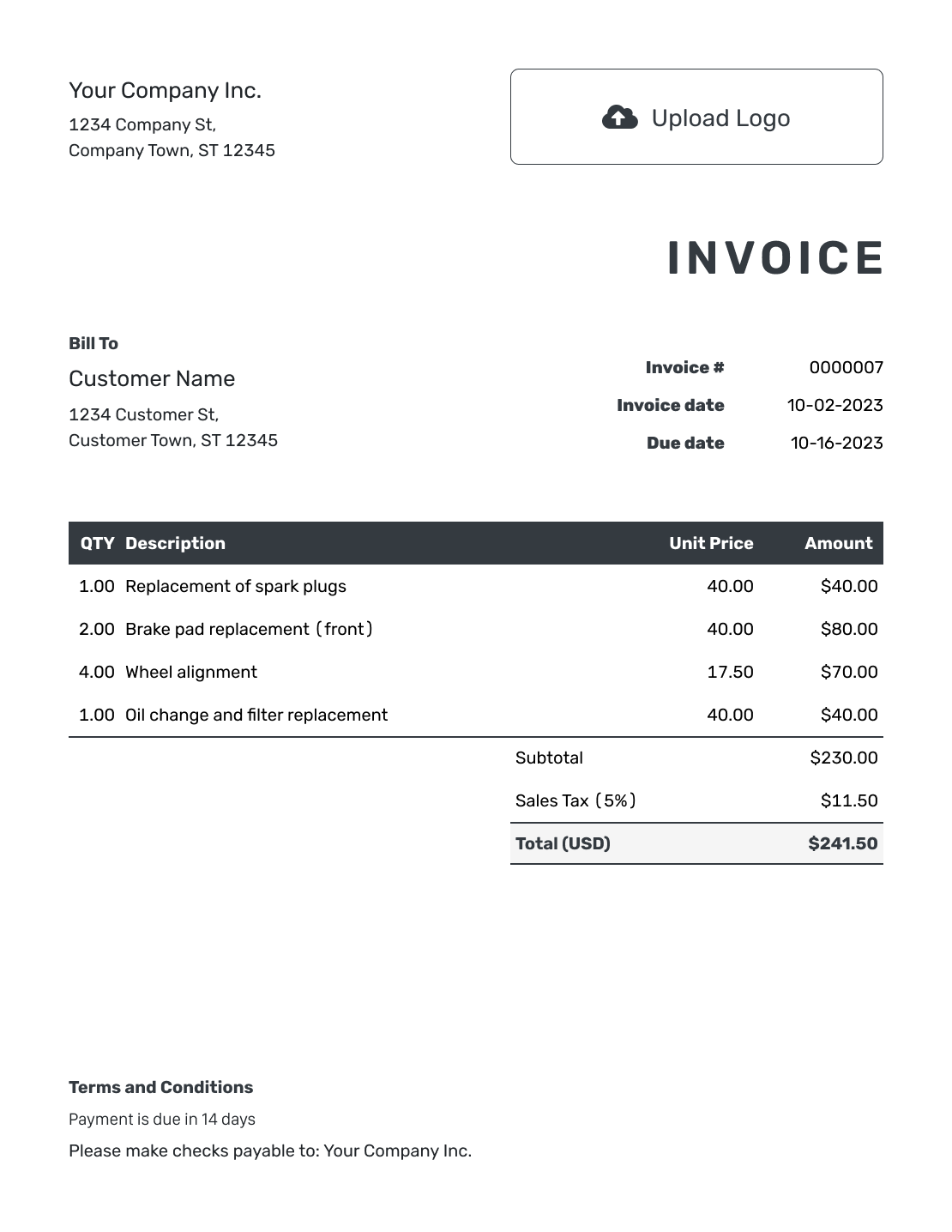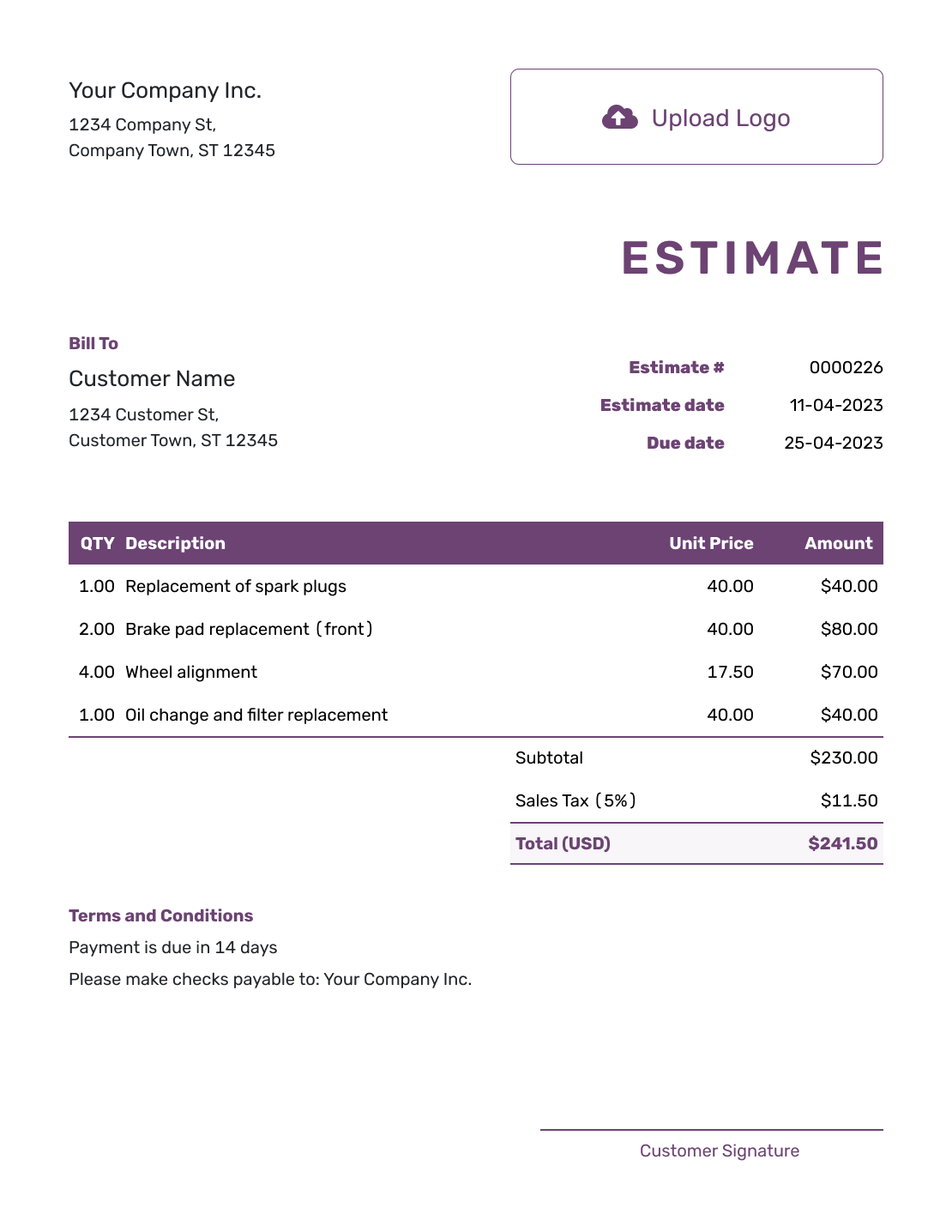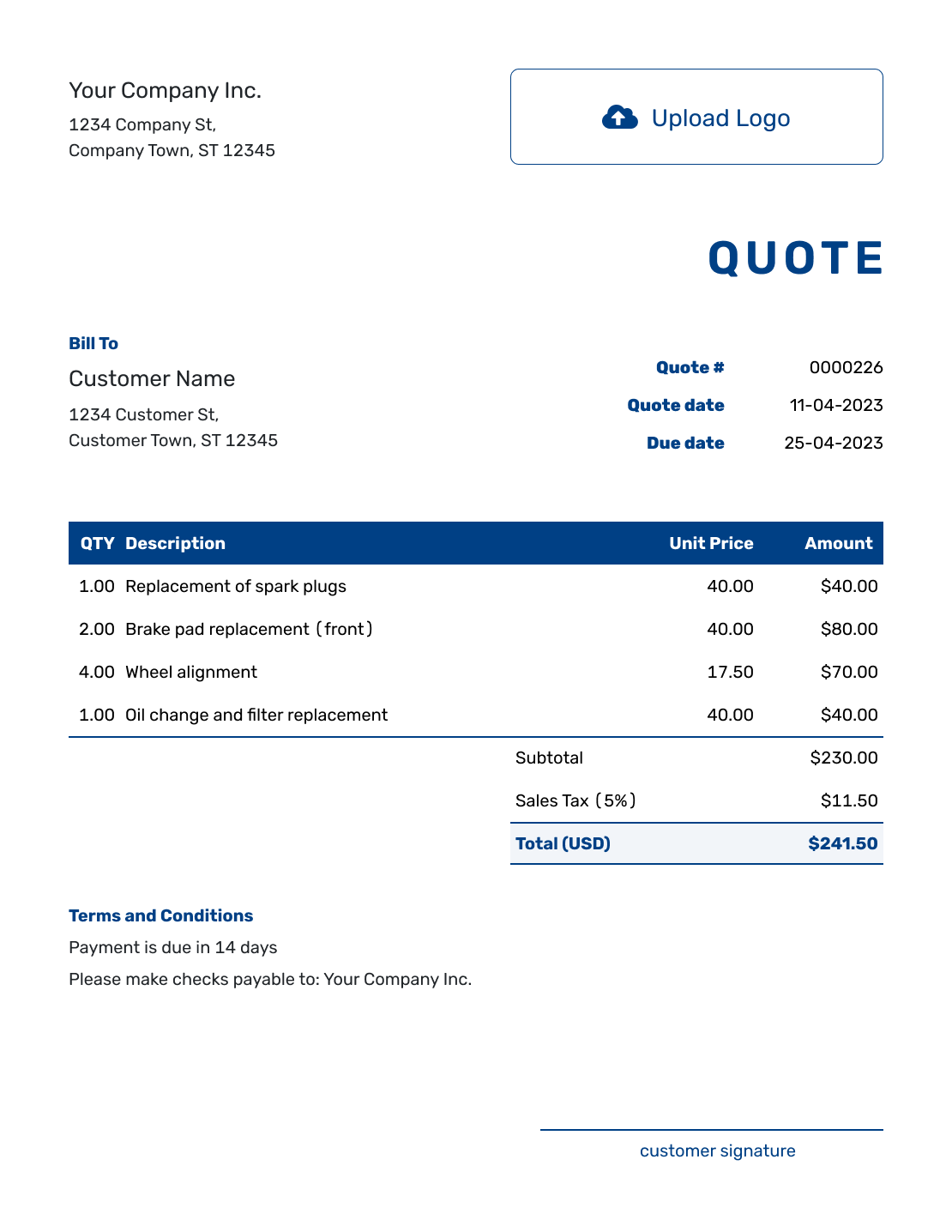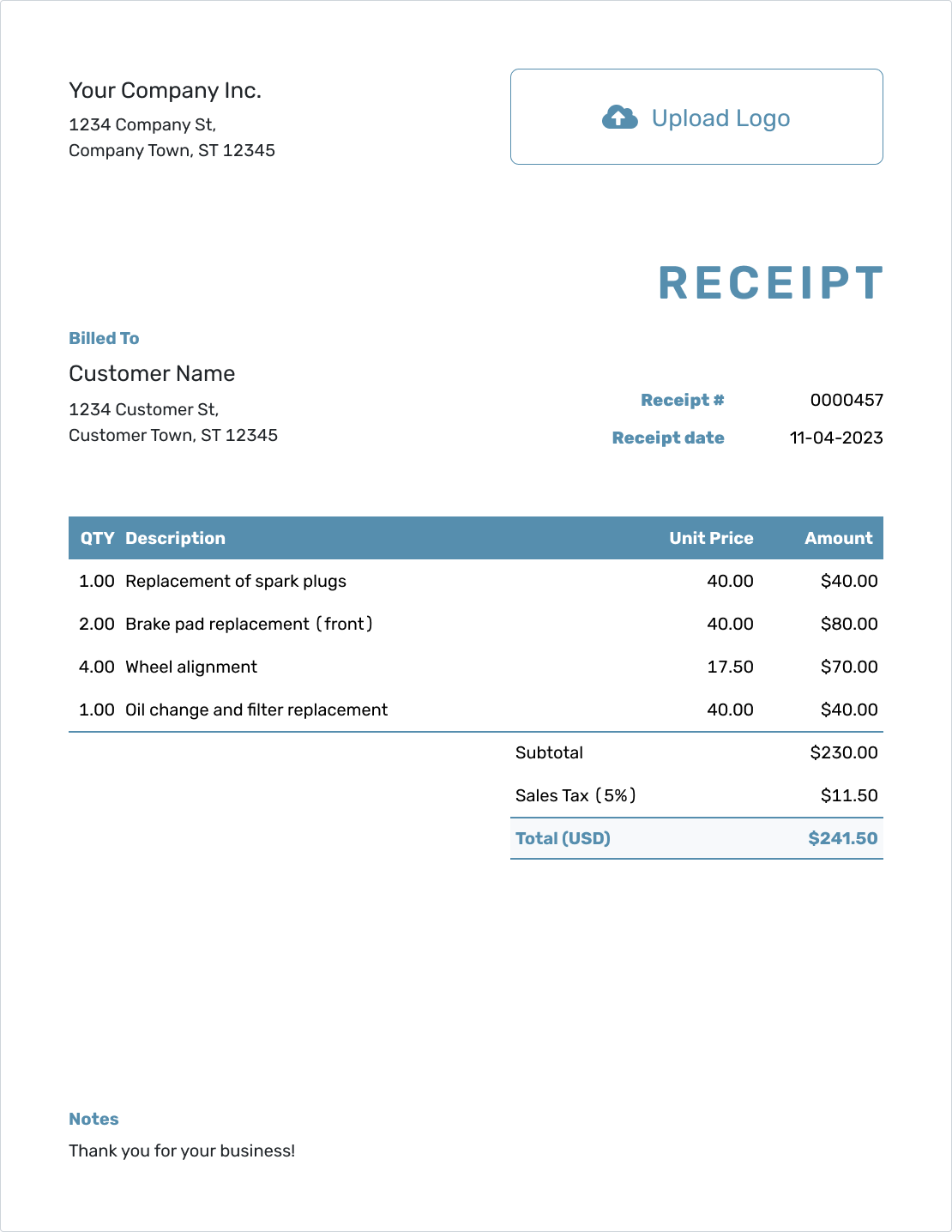Understanding
Accounts Receivable
Est. reading time: 6 min

Accounts receivable might sound like a complicated financial term, but it's really just a fancy way of talking about the money your customers owe you. Understanding and managing accounts receivable can help you maintain a steady cash flow and keep your business running smoothly.
What Is Accounts Receivable?
Accounts receivable (AR) is the money your business is owed for goods or services you've provided but haven't yet been paid for. Think of it as an “IOU” from your customers.
When you send an invoice to a client after completing a job or delivering a product, that invoice becomes part of your accounts receivable until the customer pays.
Key Features of Accounts Receivable:
- Customer Credit: AR exists because you let customers pay later, instead of requiring immediate payment.
- Short-Term Asset: AR is usually due within 30, 60, or 90 days and is considered a current asset on your balance sheet.
- Essential for Cash Flow: Collecting AR on time keeps your cash flow healthy.
Why Is Accounts Receivable Important?
AR plays a big role in your business's financial health. Here's why it matters:
- Maintains Cash Flow: The faster you collect AR, the more money you have on hand for expenses like salaries, supplies, or rent.
- Reflects Business Performance: High AR might mean you're making lots of sales. But if customers aren't paying on time, it could be a red flag.
- Builds Customer Relationships: Offering payment terms can make it easier for clients to work with you, especially for larger projects.
Managing Accounts Receivable
Keeping your AR organized and up to date is crucial. Here are some tips to make it easier:
1. Send Invoices Promptly
The sooner you send invoices, the sooner your clients can pay. Include clear details like the due date, amount owed, and payment instructions.
2. Set Clear Payment Terms
Always state your payment terms upfront. For example, specify if the invoice is due in 30 days or if there's a late payment fee.
3. Follow Up on Overdue Invoices
Keep track of which invoices haven't been paid and send polite reminders. A consistent follow-up process improves the chance of getting paid on time.
4. Use Software to Stay Organized
Tools like Docelf can help you track invoices and send reminders, so nothing slips through the cracks.
The Docelf Advantage
Docelf makes managing accounts receivable simple and stress-free. Here's how we can help:
- Create and Track Invoices: Send professional invoices in seconds and easily track their payment status.
- Send Automatic Reminders: Docelf can remind customers about due payments, so you don't have to.
Ready to take the hassle out of managing accounts receivable? Start your free trial with Docelf today and stay on top of your finances!




